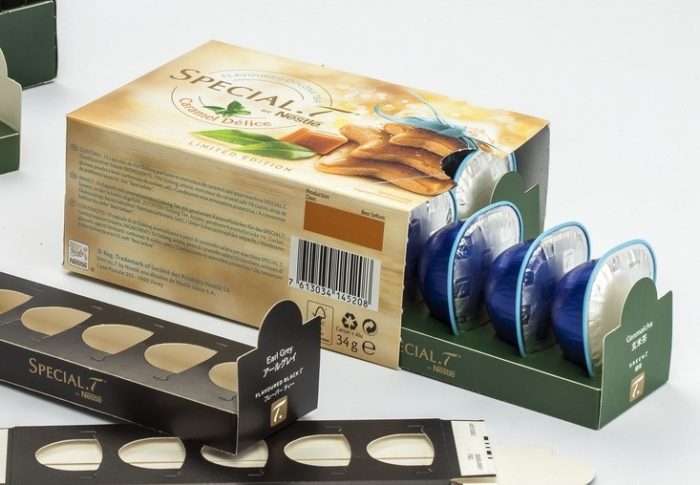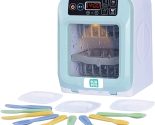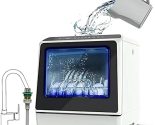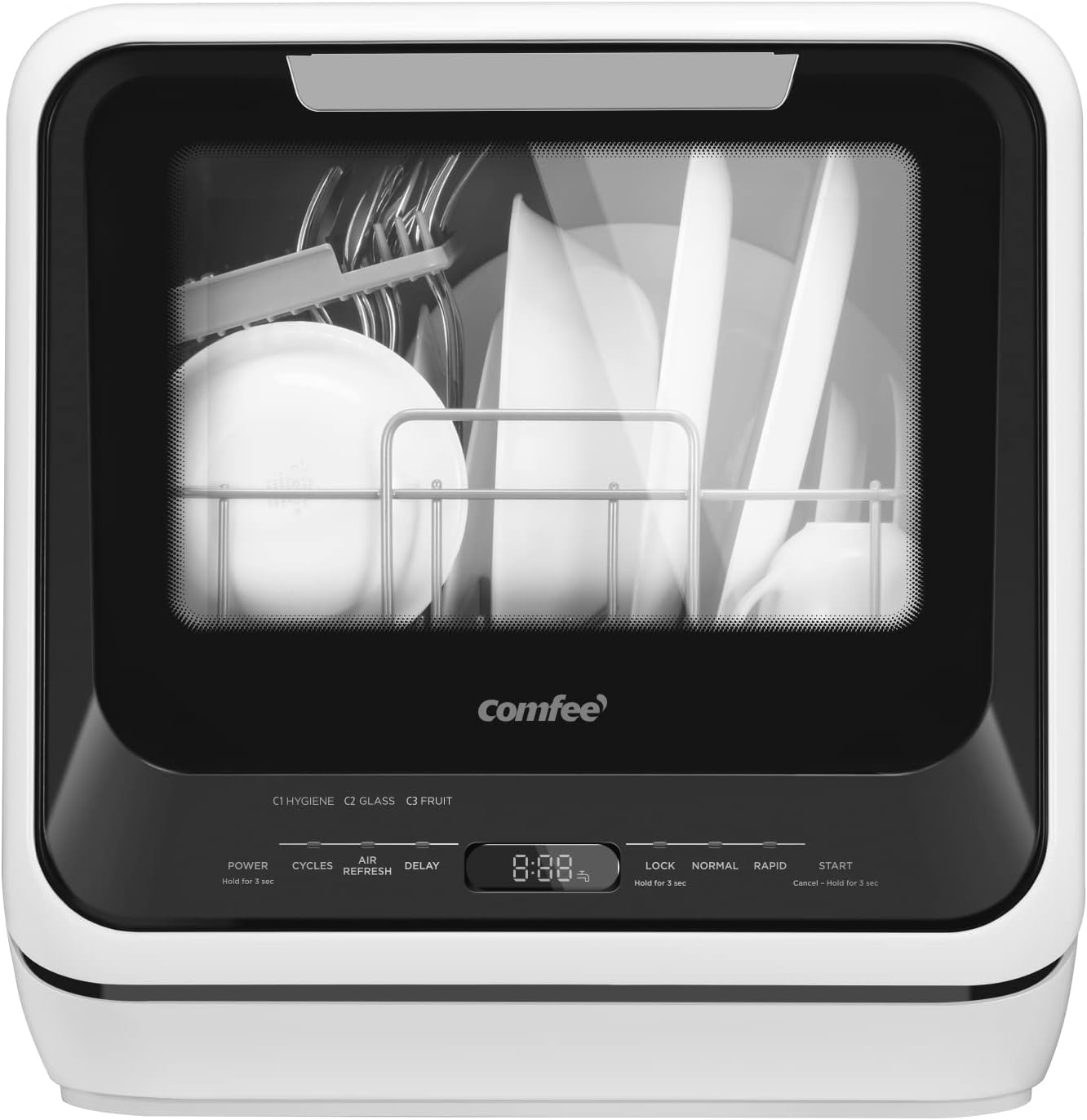
How can I tell if my Tupperware is dishwasher safe?
Introduction
Using a dishwasher to clean your Tupperware can be a convenient and time-saving option. However, it is important to ensure that your Tupperware is dishwasher safe to avoid potential damage or compromising its longevity. In this guide, we will explore specific methods and indicators to help you determine if your Tupperware is dishwasher safe. By understanding the various signs and markings, you can confidently choose the appropriate cleaning method for your Tupperware, ensuring its durability and maintaining its quality over time.

How can I tell if my Tupperware is dishwasher safe?
Manufacturer’s Label or Instructions
1.1. Check the Packaging or Labels
Look for any labels or packaging materials that came with your Tupperware. The manufacturer may provide clear instructions on whether the product is dishwasher safe or not. Look for phrases such as “dishwasher safe,” “top-rack dishwasher safe,” or “dishwasher-safe on the top rack only.”
1.2. Consult the Manufacturer’s Website or Customer Service
If you no longer have the packaging or labels, visit the manufacturer’s website or contact their customer service. Many manufacturers provide detailed instructions and information regarding the dishwasher safety of their products. They can clarify any doubts or concerns you may have about cleaning your Tupperware in the dishwasher.
Material Composition
2.1. Polypropylene (PP) or High-Density Polyethylene (HDPE)
Tupperware made from polypropylene (PP) or high-density polyethylene (HDPE) is generally dishwasher safe. These materials are known for their durability and resistance to heat and chemicals. Look for markings or symbols indicating the use of PP or HDPE on the Tupperware as an indicator of dishwasher safety.
2.2. Acrylic or Polycarbonate
Tupperware made from acrylic or polycarbonate materials may not be dishwasher safe. These materials can become brittle or warp when exposed to high temperatures in the dishwasher. Check the manufacturer’s instructions or consult their website or customer service to confirm the dishwasher safety of Tupperware made from acrylic or polycarbonate.
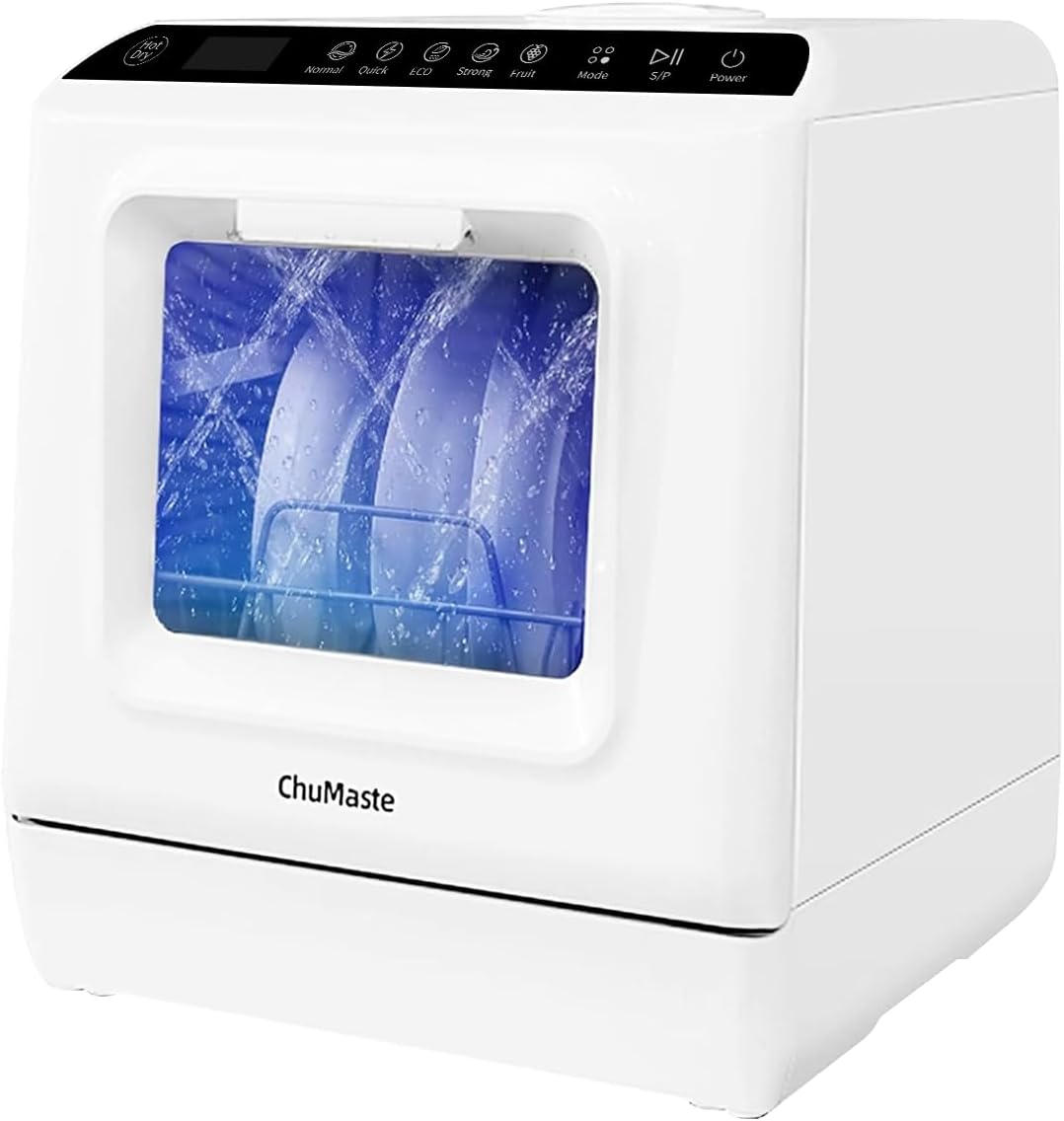
2.3. Glass or Ceramic
Tupperware made from glass or ceramic materials is typically dishwasher safe. These materials are durable and resistant to heat and chemicals. Look for indications of dishwasher safety on the packaging or consult the manufacturer’s instructions to confirm.
Temperature Resistance
3.1. Temperature Range Indications
Some Tupperware may indicate temperature resistance ranges on the packaging or labels. If the temperature range includes dishwasher temperatures (typically around 120-140°F or 49-60°C), it is likely dishwasher safe. However, be cautious if the temperature range does not specifically mention dishwasher temperatures.
3.2. Avoid Extreme Temperatures
Even if your Tupperware is deemed dishwasher safe, it is generally recommended to avoid extreme temperatures. For example, rapid temperature changes from very hot to very cold can cause stress on the material, potentially leading to warping or cracking. Allow your Tupperware to cool down or reach room temperature before placing it in the dishwasher to maintain its longevity.
Indications on the Item Itself
4.1. Dishwasher-Safe Symbols or Icons
Inspect your Tupperware for any symbols or icons indicating dishwasher safety. These symbols may include a small dishwasher icon or the words “dishwasher safe” printed on the item itself. These markings are often placed near the bottom or on the underside of the Tupperware.
4.2. Absence of Dishwasher-Safe Markings
If your Tupperware does not have any specific markings indicating dishwasher safety, it is best to assume that it is not dishwasher safe. To be safe, hand wash the item to ensure its longevity and durability.
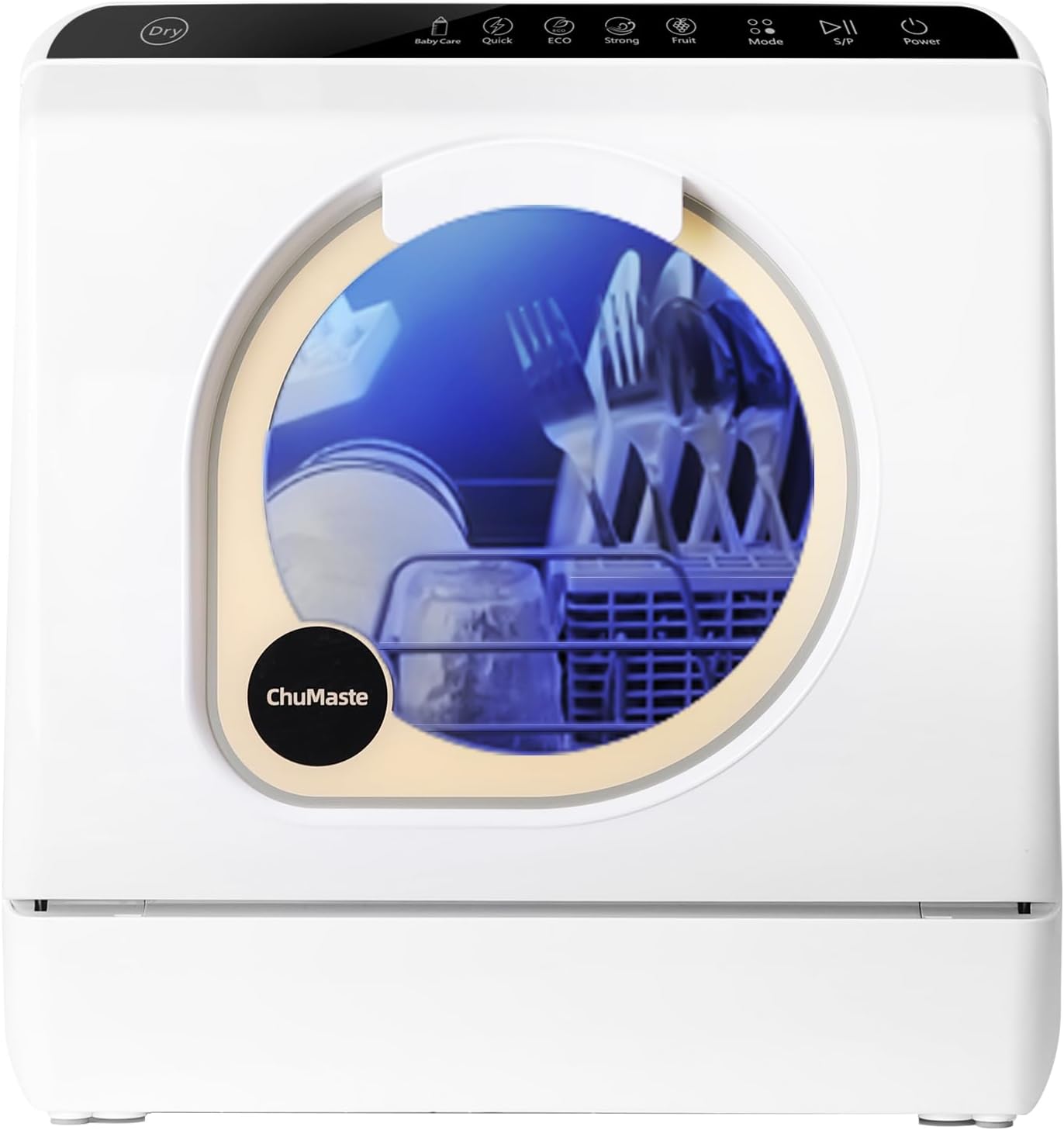
Care and Maintenance
5.1. Hand Washing as a Safe Option
If you are unsure about the dishwasher safety of your Tupperware, it is always safe to hand wash it. Hand washing can help preserve and extend the life of your Tupperware, regardless of its dishwasher safety status. Use warm water, a mild detergent, and a non-abrasive sponge or cloth for gentle cleaning.
5.2. Avoid Harsh Detergents or Scrubbers
When hand washing your Tupperware, avoid using harsh detergents, abrasive sponges, or scrubbers. These can cause scratching or damage to the surface of the Tupperware. Instead, opt for gentle cleaning agents and soft materials to maintain its appearance and usability.
Testing for Dishwasher Safety
7.1. Conduct a Spot Test
If you are still unsure about whether your Tupperware is dishwasher safe, you can conduct a spot test to assess its reaction to dishwasher cleaning. Choose a small, inconspicuous area of the Tupperware and wash it in the dishwasher, following the manufacturer’s instructions. Inspect the spot after the dishwasher cycle to see if there are any changes, such as warping, melting, or discoloration. If there are no adverse effects, it is likely safe to continue using the dishwasher for cleaning.
Tips for Proper Dishwasher Usage
8.1. Top Rack Placement
To minimize potential risks and ensure the best cleaning results, place your Tupperware on the top rack of the dishwasher. This helps prevent exposure to direct heat and intense water pressure, reducing the chances of warping or damage.
8.2. Secure Lids and Containers
Ensure that all container lids are securely fastened and closed before placing them in the dishwasher. This prevents water from seeping into the containers and potentially compromising the integrity of the contents.
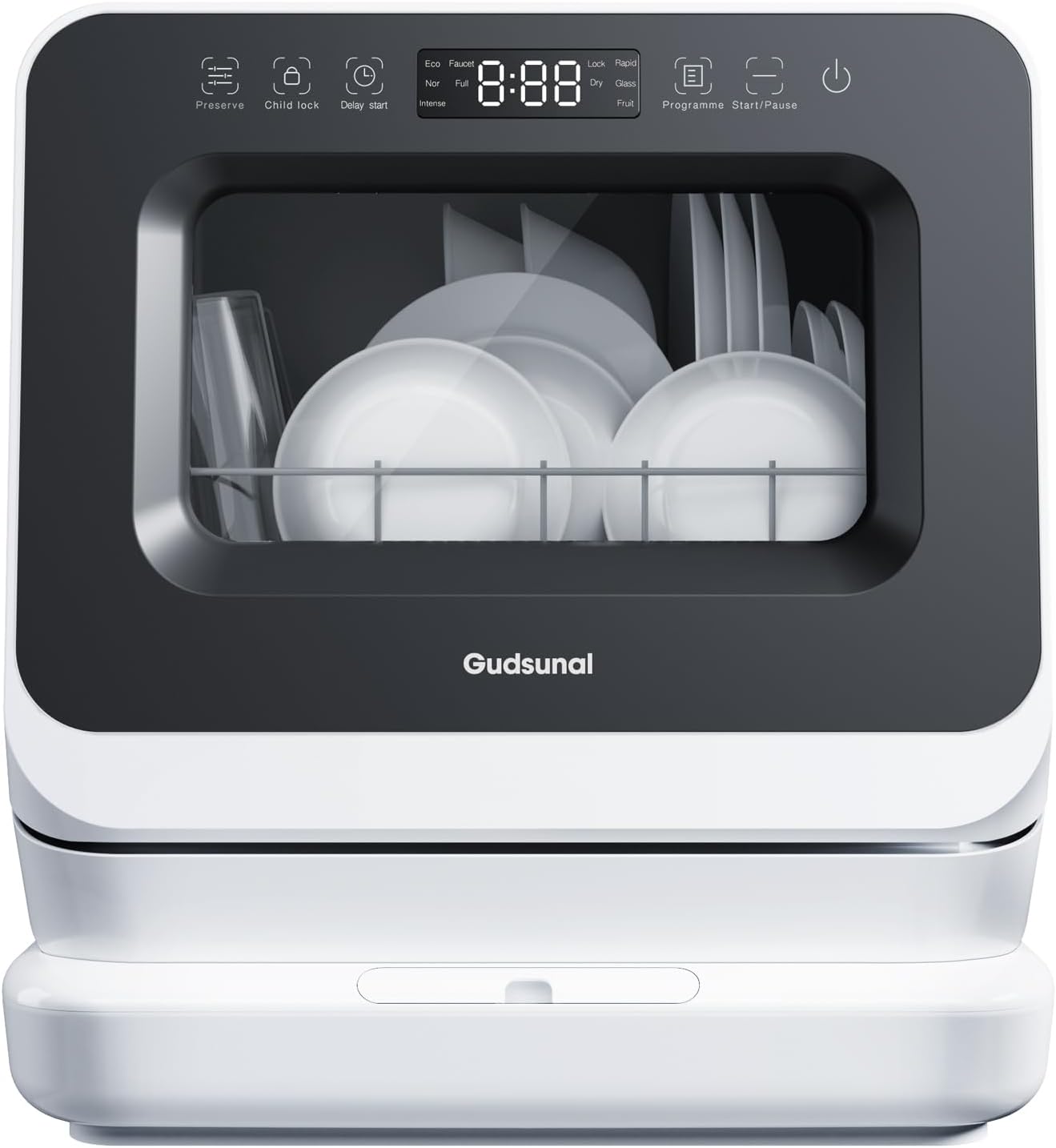
8.3. Avoid Overcrowding
Avoid overcrowding your dishwasher, as this can hinder proper water circulation and cleaning. Allow adequate space between items to ensure thorough cleaning and prevent damage caused by items rubbing against each other.
8.4. Use Gentle or Eco-Friendly Dishwasher Cycles
If your dishwasher offers different wash cycles, consider using the gentle or eco-friendly cycles for cleaning your Tupperware. These cycles typically use lower temperatures and milder water pressure, reducing the risk of damage to your items.
Regular Inspection and Maintenance
9.1. Regularly Check for Signs of Damage
After each dishwasher cycle, inspect your Tupperware for any signs of damage, including warping, cracking, or discoloration. If you notice any damage, discontinue using the item in the dishwasher to prevent further deterioration.
9.2. Replace Damaged Tupperware
If your Tupperware shows signs of significant damage or is no longer dishwasher safe, it is advisable to replace it. Continuing to use damaged or unsafe Tupperware can compromise the quality of your food and potentially be a safety hazard.
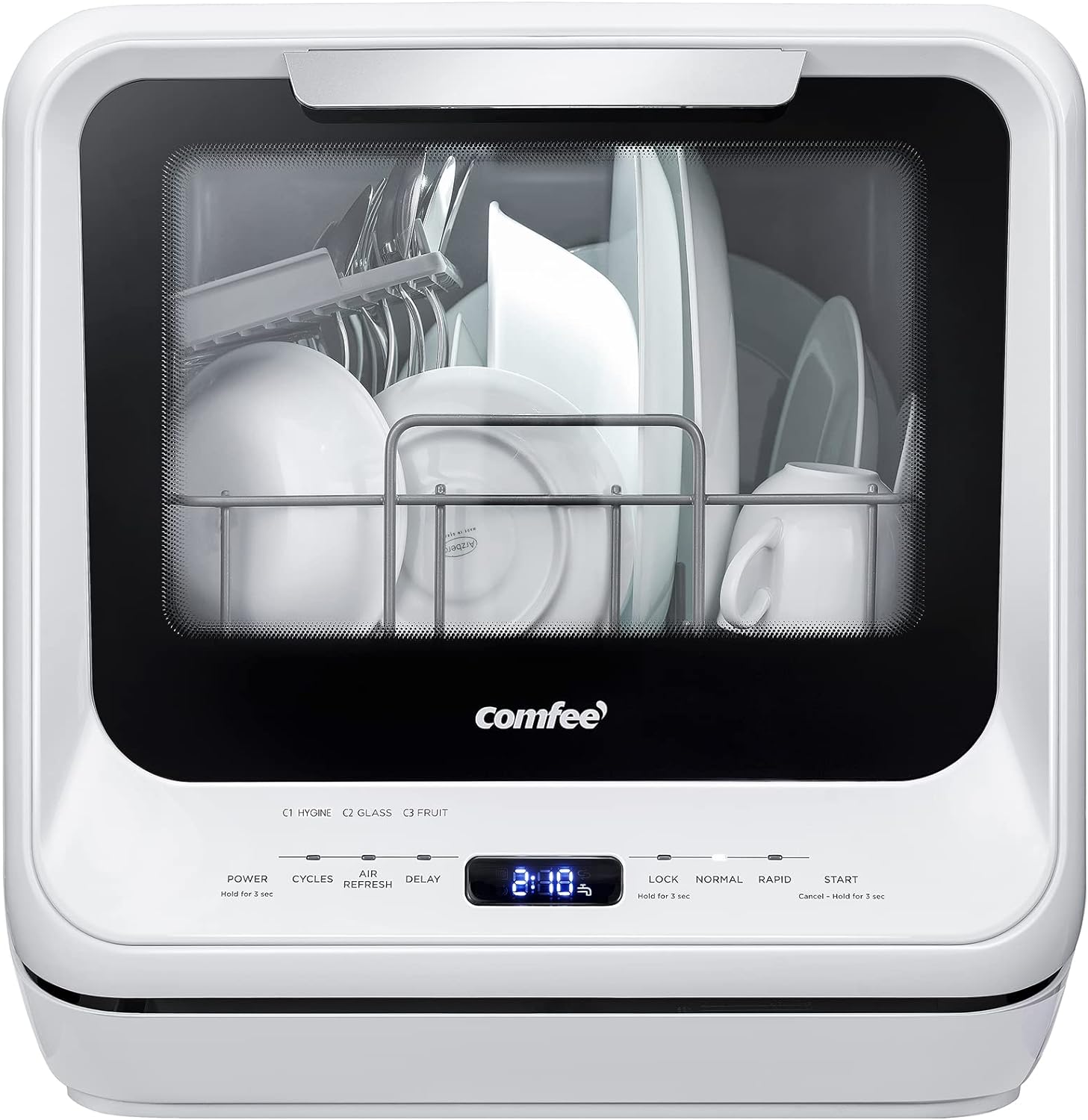
Conclusion
Determining if your Tupperware is dishwasher safe involves considering multiple factors, such as manufacturer’s instructions, material composition, temperature resistance, and indications on the item itself. Checking the packaging, labels, or manufacturer’s website can provide valuable information regarding the dishwasher safety of your Tupperware. Understanding the material composition and temperature resistance of your Tupperware helps determine its suitability for dishwasher use. If in doubt, it is always safer to hand wash your Tupperware. By following these guidelines, you can make informed decisions about cleaning your Tupperware and ensure its durability and quality for years to come.




